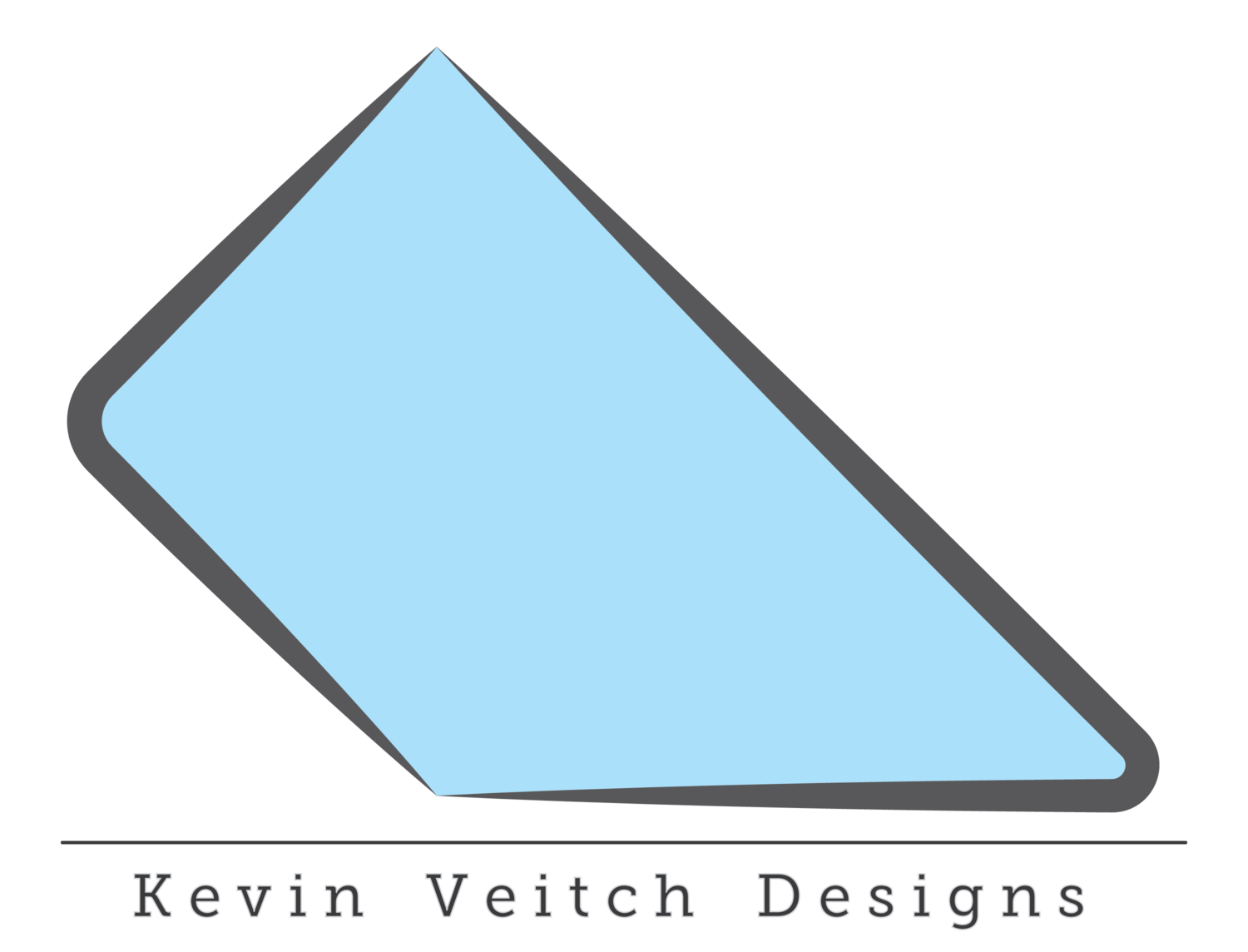











When addressing issues in the kitchen, the biggest problem that came up when I began to ask the people in my life largely focused on the storage of commonly used cooking utensils. First concept iterations focused on creating specialized cooking utensils that would be easy to store and access.
The biggest issue with this method is that it requires cooks to purchase entirely new cooking utensils, relegating their favorite cooking tools to a life of obscurity in deep storage. It became apparent that a storage method would need to be developed that could accommodate a variety of dissimilar cooking utensils.

Two common types of potential storage medium were tested: rice and bamboo skewers. Both had the potential to move and adjust to long utensils placed within them and both are commonplace items in stores where cooking utensils are sold.
The rice was successful in holding the utensils in place but became very tight with only a moderate amount of utensils. The additional problem with using rice was that the grains would easily fall from the open top of the container.

The bamboo skewers proved to be a superior storage medium over the rice. Not as messy and lasts longer in a damp kitchen environment while still being easily replaceable. Skewers can also be added and removed to adjust to the amount of utensils that need to be stored making them the ideal storage medium for this application.

With the success of the bamboo skewer experiment, simple forms and arrangements were explored to facilitate utensil removal and counter appeal.

The bamboo skewers complicated the storage of items with larger handles or small cutlery that could fall past the top lip of the cylinder. A method of hanging these utensils vertically was developed but it needed a wide base for stability. This wide base would take up too much precious counter space and wasn't practical in its current form.

If the additional utensils were going to be hung from the body holding the bamboo skewers, it was necessary to check the stability of the main body to understand how much weight this new form could take at various lengths.
The new form turned out to be far more stable than originally thought although if it was to be fully loaded on only one side, it could still topple over.

To ensure that the storage unit would be stable regardless of how it is loaded, base designs were explored that would allow stability without compromising valuable countertop space.

Combining all elements of the previous design explorations, a final design was created that would allow vertical storage of cutlery and hanging utensils all while maintaining a minimal footprint on the countertop.

Using mostly foam board, a working prototype was created to test the functional quality of the final design. The prototype was loaded with as many cooking and eating utensils that it could hold and tested for stability and funcationality.

The working prototype, when fully loaded, exceeded expectations. This design was able to hold multiple knives, forks, spoons, ladles, whisks, and other cooking utensils all without compromising its form.

After the completion of a functional prototype, the final design was rendered using SolidWorks in order to emphasize material choices.
The top, base, and structural supports are made of 1/4" maple plywood finished with food-safe epoxy resin to protect against the damp environment of a kitchen counter. The cylinder that holds the bamboo skewers is food-grade plastic with a white finish.
